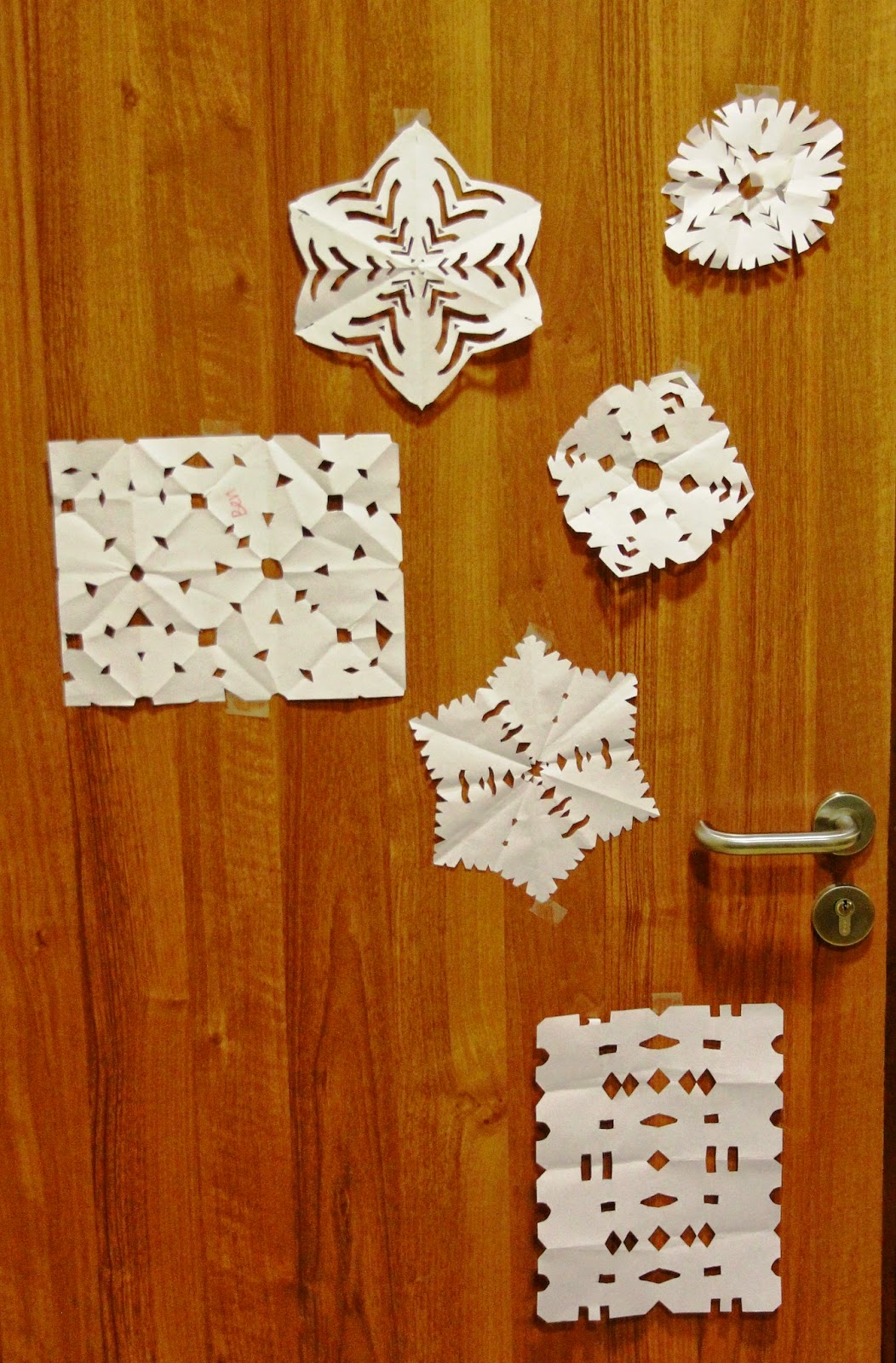One of the unusual delicacies in Africa is the grass cutter a type of bush meat. You can see these for sale along the road to Cape coast. We stopped to buy pineapples, and saw a family preparing some grass cutter and Fufu for dinner. Grass cutters are also called cane rats.
According to Wikipedia :
Greater cane rat (Thryonomys swinderianus) is one of two species of cane rats, a small family of African rodents. The cane rat lives by reed-beds and riverbanks in Africa. Cane rats can grow to nearly 2 ft in length and weigh a little less than 19 lb. It has rounded ears, a short nose, and coarse bristly hair. Its forefeet are smaller than its hind feet, each with three toes.
Cane rats live in small groups led by a single male. They are nocturnal and make nests from grasses or burrow underground. Individuals of the species may live in excess of four years. If frightened, they grunt and run towards water.
However, the peoples of the region utilize the cane rat as a food source as bush meat, considering the meat a delicacy.
These are a substantial meal.
Mom with the family dinner for tonight.
Two hunters selling grass cutters on the side of the highway.
Ready to cook. Yum yum.











































